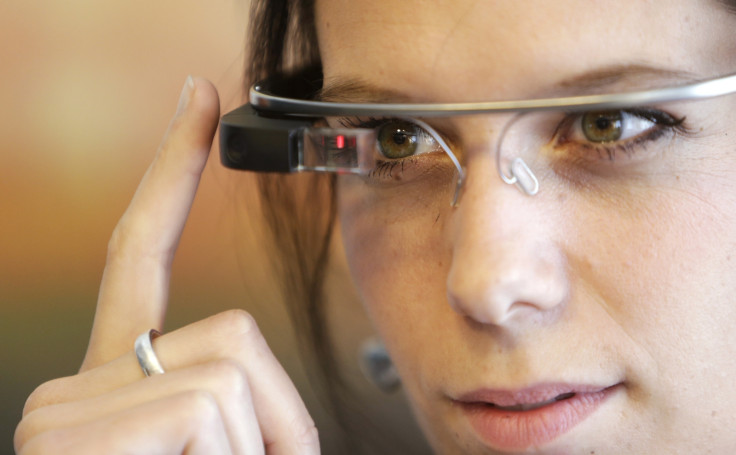Don't Wear Google Glass: Device Causes Blind Spots By Obstructing Peripheral Vision

Scientists from the University of California in San Francisco (UCSF) have found Google Glass can cause partial peripheral vision obstruction to wearers that could interfere with the daily functions of their lives.
The peripheral visual field is a main component of vision and is essential for activities such as driving, pedestrian safety while moving through a city on foot and sports.
People who have to wear conventional glasses might already have reduced vision and even absolute blind spots caused by the spectacle frames.
Google Glass is a head-mounted device that comes with even more pronounced frames, as well as a projector in a display housing that beams an image through a prism to your eye.

The study, published in the 5 November issue of the Journal of the American Medical Association (JAMA), was led by Dr Tsontcho Ianchulev, an associate professor with UCSF.
The researchers performed visual field tests comparing how three healthy individuals with 20/20 best-corrected vision and normal baseline visual fields fared while wearing Google Glass and a pair of regular eyewear that had a similar temple width and frame colour.
The participants had to wear each device for a 60-minute acclimation period, while following all manufacturer instructions, after the researchers tested the participants' fields of vision while wearing the devices.
All three participants were found to have significant scotomas, such as blind spots while wearing Google Glass, creating a significant visual field obstruction in the upper right quadrant of their vision.
The scientists also decided to analyse 132 images on the web showing different people wearing Google Glass while facing the camera, to assess where the prism was positioned relative to the pupil of the person's right eye.
The analysis discovered most consumers tend to wear the head-mounted device near to or overlapping their pupillary axis, which is a line perpendicular to the surface of the cornea that passes through the centre of the pupil, which can induce blind spots.

Of course, this is not a conclusive study as it was limited to only a small number of participants, so the scientists hope to expand their study with a larger sample in order to identify specific factors that influence scotomas size and depth.
However, many enthusiasts and even reviewers from technology media have concurred that wearing Google Glass can be an uncomfortable experience, so it would not be surprising having a projection display in front of someone's eye affects their vision.
While Google snapped up a patent in 2012 for a Google Glass design where the prism is located over the left eye, there are still no versions of this prototype on the market for enthusiasts to buy, so at the moment it would be fair to say the visual field obstruction is on the right side of individuals' vision fields.
The authors concluded: "Additional studies are needed to understand the effects of these devices on visual function, particularly as their use becomes increasingly common."
© Copyright IBTimes 2025. All rights reserved.






















